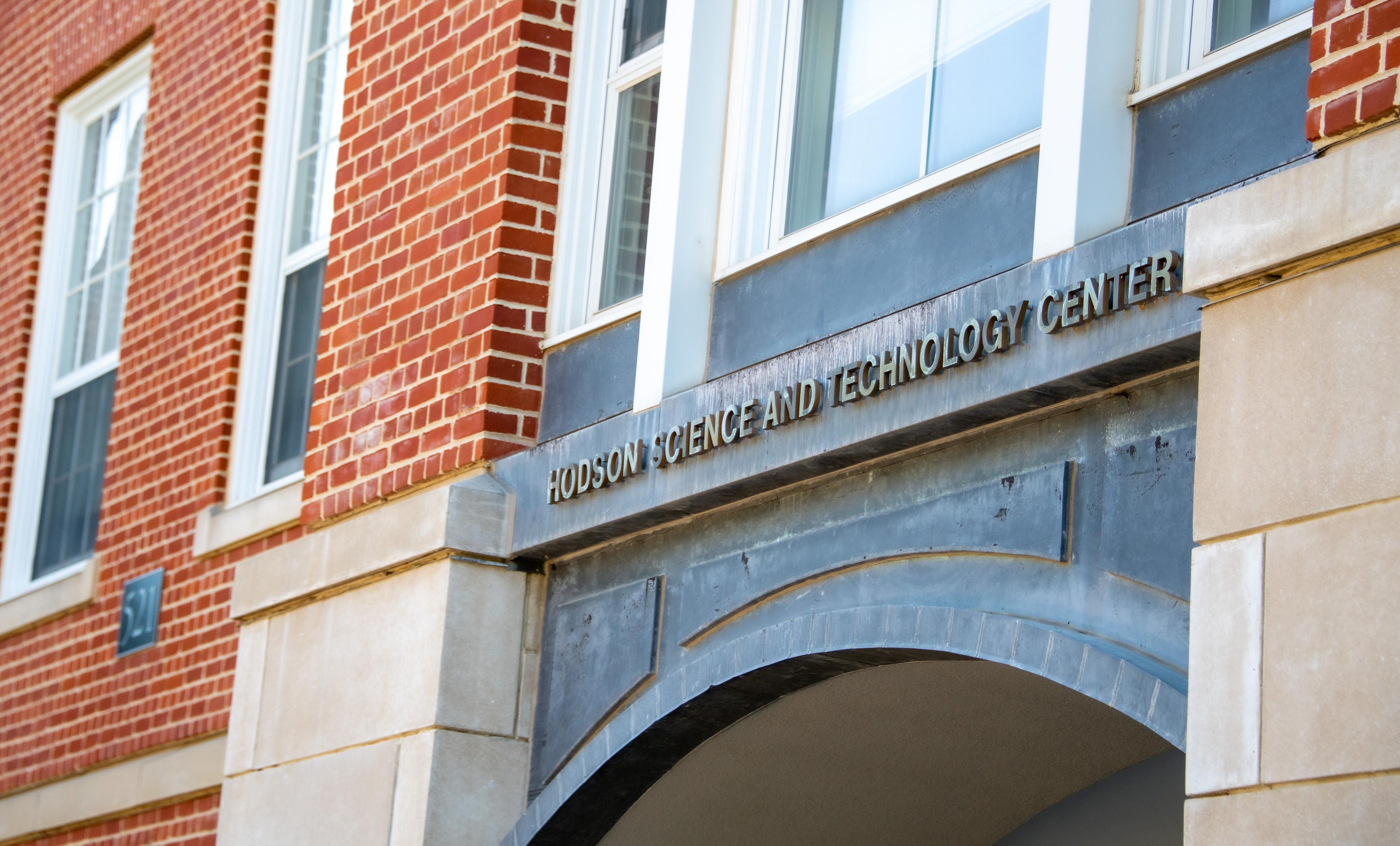By Susan Carney, Ph.D., Associate Professor of Biology
When it comes time to plan summer research, it seems that nearly anything goes in my lab. My area of expertise is molecular ecology, which means that I use genetics as a tool for addressing broad-scale (usually population-level) questions. Because DNA is DNA, the methods are (mostly) the same regardless of what organisms are being studied. In previous summers, I’ve had students use genetic methods to investigate crayfish distributions, sea anemone salinity stress, cownose ray population genetics and to identify the sources of host-specific fecal bacteria in freshwater systems. From discussions with colleagues in the Center for Coastal and Watershed Studies, it became apparent that they had some questions about toxic freshwater algae that lent themselves to genetics projects. So, I recruited two students eager to learn genetic methods and, with support from the Summer Research Institute, we entered new territory.
Harmful algal blooms (HABs) result when algae, or in our case, cyanobacteria, produce toxins under conditions such elevated temperatures, increased pollution or droughts. The toxins can harm wildlife and pets and can contaminate drinking water. In some local freshwater systems, one toxin in particular, microcystin, has been identified in small invertebrate organisms and in the fish that eat them. But, where are the toxins coming from? Are they coming from cyanobacteria that are in the areas where these animals live? Or, are they produced in an upstream location and transported elsewhere by water flow? This is where genetics can help. Using methods to isolate DNA from lab-cultured and wild-collected samples, Brianna Fragata ’18, an environmental science and policy major, and Jessica Roderick ’19, a biology and secondary education major, have been working to determine first, if various cyanobacteria have the genes necessary to produce microcystin. Once we identify cyanobacteria with the genes (i.e. the capability) to produce toxins, then we will begin to investigate if, in fact, those genes are “on” and what factors may influence their expression. Brianna and Jessie both began this project with a limited background and experience in genetics but with an eagerness to learn new skills. In a just a few weeks, they have both mastered most of the main techniques involved in our genetic analysis, including DNA extraction, gel electrophoresis, cloning, DNA sequencing. So, far, their results show successful DNA extractions from culture and field-collected algae. Whether those algae contain genes for microcystin is yet-to-be determined.





